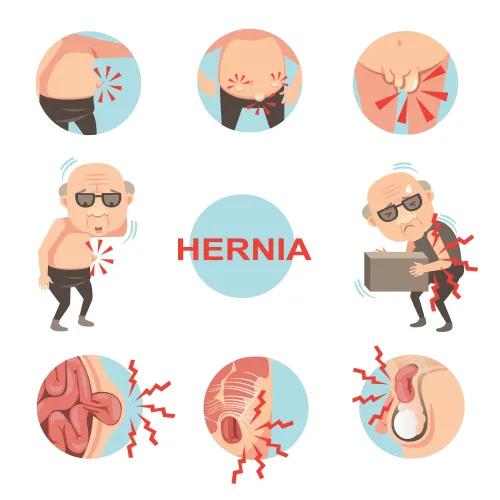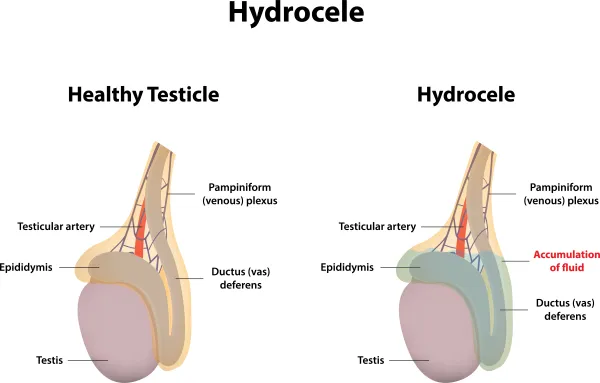Focus Codes for Parastomal Hernia 'Sugerbaker' Mesh Repair
Document ‘incarcerated’ for procedure, diagnosis choices.
You’ll be hard pressed to find “Sugarbaker or “parastomal” in CPT® or ICD-10, so how will you code the diagnosis and procedure when your surgeon performs a common service to treat an ostomy-associated hernia?
Do this: Let us help you correctly report these cases by decoding the terminology so that you understand the defect and the surgical treatment involved.
Grasp Condition to Zero In On Diagnosis
A parastomal hernia allows abdominal contents to protrude through the defect created at the site of an ostomy, such as a colostomy, ileostomy, or urostomy. “Because it occurs at the site of a prior surgical procedure, you should understand that a parastomal hernia is a type of incisional hernia,” says Marcella Bucknam, CPC, CPC-I, CCS-P, CPC-H, CCS, CPC-P, COBGC, CCC, internal audit manager with PeaceHealth in Vancouver, Wash.
Coder tip: Another name for “incisional hernia” is “ventral hernia.” That’s why you’ll find the diagnosis code choices for parastomal hernia in ICD-10 category K43, Ventral hernia. Without this hernia vocabulary know-how, you’d have a hard time getting to the proper diagnosis code.
Note gangrene or obstruction: When your surgeon treats a parastomal hernia, she needs to document the presence of gangrene and/or an obstruction at the site. Your surgeon might use words such as “incarcerated,” “irreducible,” or “strangulated” to describe how the protrusion of abdominal contents through the hernia causes an obstruction.
The presence of gangrene will lead your ICD-10 code choice, because you should assign the same code for an obstructed or unobstructed gangrenous parastomal hernia — K43.4 (Parastomal hernia with gangrene).
Without gangrene, ICD-10 provides the following two different codes depending on whether the hernia is obstructed:
Understand Procedure to Hone Code Choice
When the op report describes a “Sugarbaker repair” of a parastomal hernia, expect to find documentation of several facts that will focus your CPT® code choice:
Once you note the above relevant information in the op report, you have what you need to select the appropriate procedure code from one of the following descriptors:
Avoid mesh trap: Although you might be used to using an add-on code when your surgeon implants mesh during a hernia repair, you shouldn’t use +49568 (Implantation of mesh or other prosthesis for open incisional or ventral hernia repair…) in these cases. Nor should you use +15777 (Implantation of biologic implant [e.g., acellular dermal matrix] for soft tissue reinforcement [e.g., breast, trunk]…), which is only for soft-tissue mesh repairs, such as a defect from a breast tumor resection.
“The code definitions for 49654-49657 state ‘includes mesh insertion, when performed,’ so you shouldn’t use an add-on code to capture the mesh service,” Bucknam says. That’s in agreement with Correct Coding Initiative (CCI) edits, which bundle +49568 as a column 2 code with 49654-49657.
Withstand Hernia Repair Audit Scrutiny
CMS publishes a quarterly compliance newsletter focusing on areas of common coding and billing errors. Laparoscopic hernia repair made a showing in the report earlier this year, with CMS stating that “the vast majority of the improper payments were due to insufficient documentation,” specifically noting failure to adequately document mesh placement.
“Hernias are an issue because of the relatively high frequency of these procedures,” says Duane C. Abbey, PhD, president of Abbey and Abbey Consultants Inc., in Ames, IA.
Do this: “Work to ensure complete documentation for hernia repair procedures,” Bucknam says. For codes 49654-49657 that means making sure the surgical report includes all the following information:




